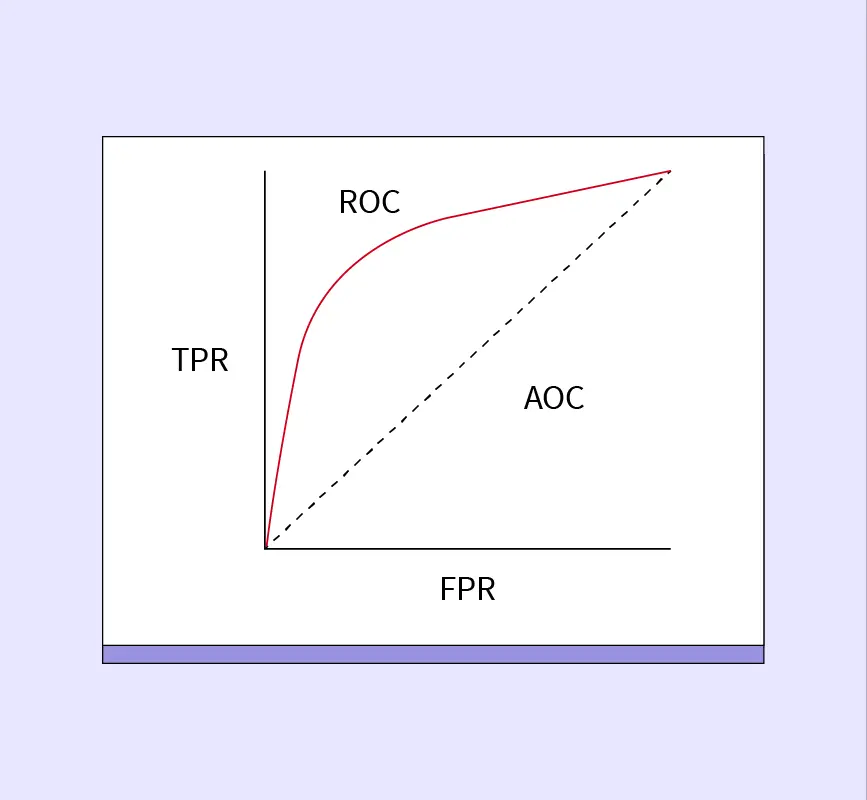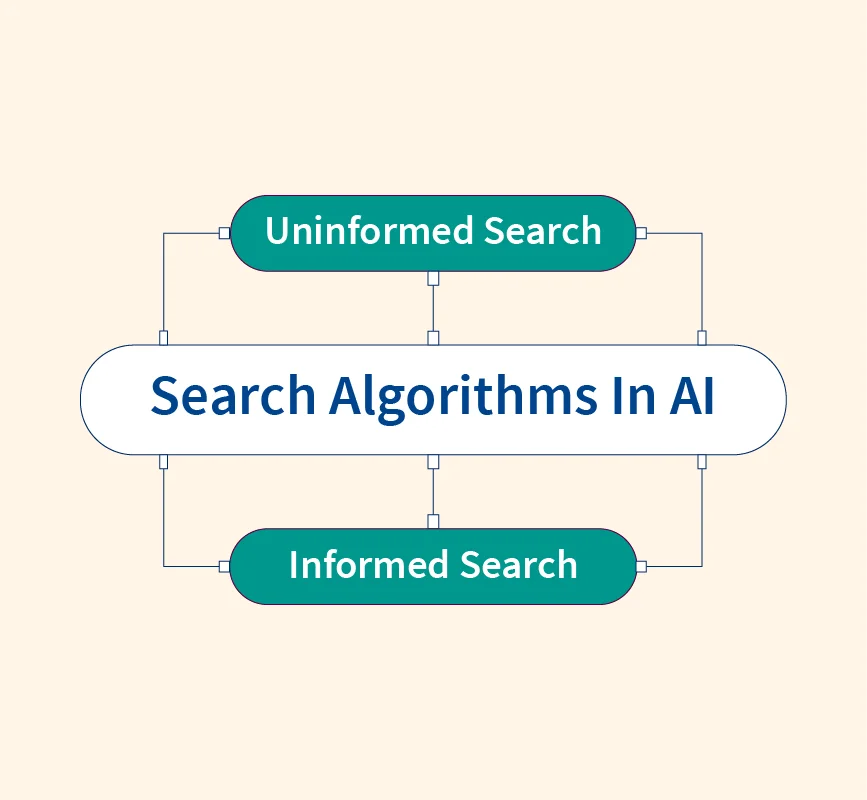A machine learning pipeline is a structured framework designed to automate and streamline the end-to-end workflow of building, training, and deploying machine learning models. By organizing tasks like data preprocessing, feature engineering, and model evaluation into sequential steps, pipelines improve efficiency, reduce errors, and ensure reproducibility in machine learning projects.
What is a Machine Learning Pipeline?
A machine learning pipeline is a systematic process that automates the workflow required to build, train, and deploy machine learning models. It organizes various stages of the machine learning lifecycle into a structured sequence, ensuring efficiency, consistency, and scalability.
In the context of machine learning, a pipeline acts as a conduit that streamlines data movement, from preprocessing and feature selection to model training and evaluation. Each stage in the pipeline is designed to process data or models incrementally, allowing for a smooth and repeatable workflow. This modular approach enables practitioners to focus on fine-tuning specific stages without disrupting the entire process.
The primary purpose of a machine learning pipeline is to simplify complex workflows by automating repetitive tasks, minimizing human errors, and optimizing resource usage. It supports seamless integration of data preprocessing, model building, evaluation, and deployment into a cohesive system. For example, during preprocessing, the pipeline may handle tasks like handling missing values, normalizing features, or encoding categorical variables. Subsequently, it can automate model training and validation while keeping track of performance metrics.
By automating these steps, pipelines improve collaboration among data scientists and engineers, as the framework remains consistent and reproducible. Organizations can use pipelines to deploy machine learning solutions more quickly and effectively, adapting to dynamic data environments and scaling projects with ease.
Benefits of Machine Learning Pipelines
Machine learning pipelines bring a host of advantages to data science workflows, making them indispensable for building scalable, efficient, and reliable models.
Automation and Efficiency
Pipelines automate repetitive tasks such as data preprocessing, feature engineering, and model evaluation. This reduces manual intervention, saving time and effort while minimizing human error. By handling data flow seamlessly, pipelines enable data scientists to focus on higher-level tasks like model optimization and insights generation.
Scalability for Large Datasets
As datasets grow in size and complexity, pipelines provide a scalable framework for processing large volumes of data efficiently. They are designed to handle distributed data and integrate with big data platforms like Hadoop or Spark, ensuring smooth operations even with high data loads.
Reproducibility of Results
One of the critical challenges in machine learning is ensuring that results are consistent and reproducible. Pipelines standardize workflows by clearly defining each stage of the process, from data ingestion to model deployment. This ensures that the same results can be achieved with identical inputs, fostering reliability and trust in the model.
Collaboration Among Team Members
With well-structured pipelines, teams can work collaboratively, as each member can focus on specific stages of the workflow. The modular design enables seamless handoffs between team members, ensuring consistency and clarity throughout the project. For instance, data engineers can manage preprocessing stages, while data scientists work on model training and optimization.
Machine learning pipelines not only enhance productivity but also ensure that workflows are streamlined, scalable, and collaborative, making them a cornerstone of modern AI and data science practices.
Key Stages of a Machine Learning Pipeline
A machine learning pipeline automates the process of transforming raw data into actionable insights. Below, we delve into each stage of the pipeline:
1. Data Collection and Ingestion
The process begins with collecting raw data from various sources such as relational databases, APIs, IoT sensors, web scraping tools, or streaming platforms. The data can be structured (like tables) or unstructured (like text, images, or videos). Depending on the business requirement, the ingestion process can be real-time (streaming) or batch processing.
For example, an e-commerce company might collect user clickstream data in real-time to analyze shopping behavior. Tools like Apache Kafka, AWS S3, or Google BigQuery are widely used to manage the scale and complexity of data ingestion in machine learning pipelines.
2. Data Preprocessing
Raw data often contains inconsistencies such as missing values, duplicates, or outliers. Preprocessing ensures the data is clean and suitable for model training. Steps include:
- Handling Missing Data: Filling or removing missing values using techniques like mean imputation or advanced methods like KNN imputation.
- Removing Duplicates and Outliers: Cleaning the data to ensure statistical validity.
- Scaling and Normalization: Adjusting the data to fit within a specific range (e.g., 0 to 1) for algorithms sensitive to scale, like SVMs.
- Encoding Categorical Data: Converting text categories into numerical formats (e.g., one-hot encoding).
Preprocessing tools like Pandas and Scikit-learn play a critical role in this stage.
3. Feature Engineering
This stage involves extracting and selecting the most impactful features from the data to improve model accuracy.
- Feature Selection: Identifying and using only relevant variables to reduce dimensionality.
- Feature Extraction: Creating new variables by combining or transforming existing ones (e.g., deriving “age” from a date-of-birth column).
- Dimensionality Reduction: Using techniques like Principal Component Analysis (PCA) to minimize redundancy in data.
Well-engineered features are critical for building efficient and accurate models. For instance, in financial fraud detection, engineered features like transaction frequency or user location anomalies provide valuable signals.
4. Model Training
At this stage, the prepared data is used to train machine learning algorithms. The goal is to create a predictive model that generalizes well to unseen data.
- Algorithm Selection: Choosing an appropriate algorithm based on the problem type (e.g., Linear Regression for regression tasks, Decision Trees for classification).
- Hyperparameter Tuning: Optimizing parameters like learning rate or tree depth to achieve better performance.
- Data Splitting: Dividing the dataset into training, validation, and testing subsets to evaluate generalizability.
Libraries like TensorFlow, PyTorch, and Scikit-learn simplify the training process while offering flexibility for experimentation.
5. Model Evaluation
Evaluation is crucial to understand how well the model performs on unseen data. Metrics vary depending on the problem:
- Classification Metrics: Accuracy, precision, recall, and F1-score for tasks like spam detection.
- Regression Metrics: Mean Squared Error (MSE) and Mean Absolute Error (MAE) for predicting continuous variables.
- Visual Metrics: ROC-AUC curves and confusion matrices for intuitive assessment.
This stage helps identify underperforming models or overfitting issues, guiding further refinements.
6. Model Deployment
Once the model meets evaluation criteria, it is deployed to production systems for real-world use. Deployment involves:
- API Integration: Making the model accessible through REST APIs or similar interfaces.
- Containerization: Using tools like Docker and Kubernetes to ensure scalability and portability.
- Cloud Hosting: Leveraging platforms like AWS SageMaker, Azure ML, or Google Cloud AI for seamless deployment.
A deployed model in an e-commerce application, for instance, might generate personalized recommendations in real-time for customers.
7. Monitoring and Maintenance
Deployment is not the end of the pipeline. Continuous monitoring ensures that the model performs reliably over time.
- Performance Tracking: Monitoring prediction accuracy and latency to detect any drift or degradation.
- Retraining Models: Updating the model with new data to maintain relevance, especially in dynamic environments like stock market predictions.
- Error Logging: Identifying and addressing issues like system failures or misclassifications.
Tools like MLflow and Prometheus help streamline the monitoring and maintenance process.
Examples of Machine Learning Pipelines
Machine learning pipelines are crucial for automating complex workflows in various real-world applications. Below are two examples highlighting their implementation:
1. Recommendation Systems
E-commerce platforms like Amazon and Netflix use ML pipelines to recommend personalized content or products to their users.
- Pipeline Workflow:
- Data Collection: User interaction data such as clicks, views, and purchase history are collected.
- Data Preprocessing: Raw data is cleaned to handle missing values and normalized for consistent analysis.
- Feature Engineering: Features like user preferences, item categories, and purchase frequencies are derived.
- Model Training: Collaborative filtering or matrix factorization algorithms are used to predict user preferences.
- Deployment and Monitoring: Recommendations are served in real-time, and feedback is collected to refine the model continuously.
This pipeline enables seamless user experiences and drives customer engagement.
2. Fraud Detection
Banks and financial institutions deploy ML pipelines to identify fraudulent transactions.
- Pipeline Workflow:
- Data Ingestion: Transaction logs are collected from various sources in real-time.
- Data Preprocessing: Anomalies like duplicates or erroneous entries are addressed, and data is scaled for model compatibility.
- Model Training: Supervised learning models, such as Random Forest or Gradient Boosting, are trained on historical data to classify transactions as “fraudulent” or “legitimate.”
- Deployment: The model is integrated into a live monitoring system to flag suspicious activities instantly.
- Monitoring and Updates: Continuous updates ensure the model adapts to evolving fraud patterns.
Conclusion
Machine learning pipelines play a vital role in simplifying workflows and enhancing efficiency in machine learning projects. By automating tasks like data preprocessing, feature engineering, model training, and deployment, pipelines ensure consistency, scalability, and reproducibility in ML workflows.
For businesses and data professionals, leveraging pipelines not only accelerates project timelines but also promotes collaboration and innovation. Exploring and implementing pipelines can significantly improve the effectiveness of machine learning initiatives, enabling seamless integration from data collection to real-world application.
References:


